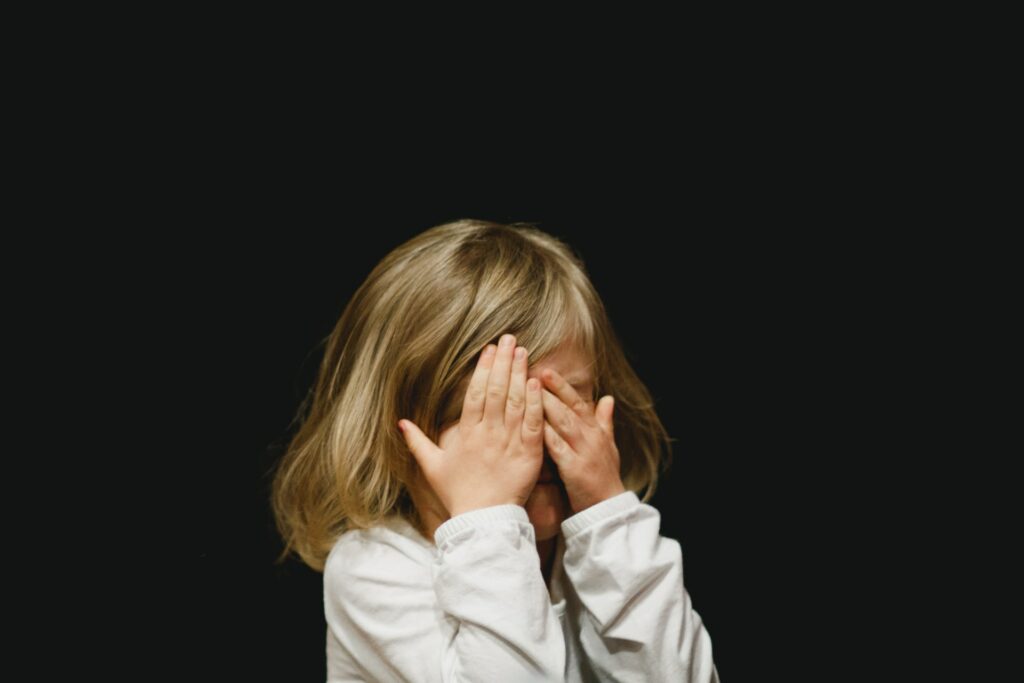Children are prone to rashes, which can be alarming for parents. Rashes can occur due to numerous reasons, including allergies, infections, and environmental irritants. Now, we understand if you don’t know enough about rashes. To help you understand this better, we will discuss everything that parents need to know about rashes in children, including the common types, causes, symptoms, and treatment options. If this is something that you’re interested in learning more about, read on as we break down everything that you need to know about rashes in children.
Types of Skin Rashes in Children
There are several types of rashes that children may develop. Some of the most common types include:
- Diaper Rash: Diaper rash is a skin irritation that occurs in the diaper area. It can be caused by a wet diaper, friction, or a reaction to the diaper material.
- Eczema: Eczema is a chronic skin condition that causes red, itchy, and inflamed skin. It can occur anywhere on the body.
- Hives: Hives are red, raised, and itchy bumps that can appear anywhere on the body. They are usually caused by an allergic reaction.
- Impetigo: Impetigo is a bacterial infection that causes red sores that can ooze and form a yellow-brown crust.
- Measles: Measles is a highly contagious viral infection that causes a red, blotchy rash.
- Chickenpox: Chickenpox is a highly contagious viral infection that causes a red, itchy rash with fluid-filled blisters.
Causes of Rashes in Children
The causes of rashes in children can vary depending on the type of rash. Some of the most common causes include:
- Allergies: Allergies to food, medication, or environmental irritants can cause rashes.
- Infections: Bacterial, viral, and fungal infections can cause rashes.
- Contact with Irritants: Contact with irritants such as soap, chemicals, or clothing materials can cause rashes.
- Insect Bites: Insect bites can cause a localized rash.
- Autoimmune Disorders: Autoimmune disorders such as lupus can cause rashes.
Symptoms of Rashes in Children
The symptoms of rashes in children can vary depending on the type of rash. Some of the most common symptoms include:
- Redness: Rashes often cause redness in the affected area.
- Itching: Rashes can be itchy, which can cause discomfort for children.
- Blisters: Some rashes, such as chickenpox, can cause fluid-filled blisters.
- Crusting: Rashes that are caused by bacterial infections, such as impetigo, can cause crusting.
- Swelling: Rashes can cause swelling in the affected area.
Treatment Options for Rashes in Children
The treatment options for rashes in children can vary depending on the type of rash. Some of the most common treatment options include:
- Over-the-Counter Creams: Over-the-counter creams such as hydrocortisone can help to reduce itching and inflammation.
- Prescription Medications: Prescription medications such as antibiotics or antivirals may be necessary for certain types of rashes.
- Cool Compresses: Cool compresses can help to reduce itching and inflammation.
- Bathing: Regular bathing can help to keep the affected area clean and reduce the risk of infection.
- Avoiding Irritants: Avoiding irritants such as soap, chemicals, or clothing materials can help to prevent rashes from occurring.
Preventing Rashes in Children
While not all rashes can be prevented, there are some steps that parents can take to reduce the risk of their child developing a rash. Some tips include:
- Keeping the Skin Clean and Dry: Regular bathing and diaper changes can help to keep the skin clean and dry.
- Avoiding Irritants: Avoiding irritants such as soap, chemicals, or clothing materials can help to prevent rashes from occurring.
- Using a Humidifier: Using a humidifier can help to prevent dry skin, which can lead to rashes.
- Dressing Appropriately: Dressing children in loose-fitting clothing made from breathable fabrics can help to prevent rashes from occurring.
Conclusion
By understanding the common types, causes, symptoms, and treatment options for rashes in children, parents can help to keep their child healthy and comfortable. If a rash persists or is accompanied by other symptoms such as fever or difficulty breathing, parents should seek medical attention for their child.
Your Kid’s Urgent Care offers quality pediatric urgent care services to you and your loved ones. Anytime and anywhere, we’ll be available–just give us a call. For more information on what we can do for you, visit our website today!



